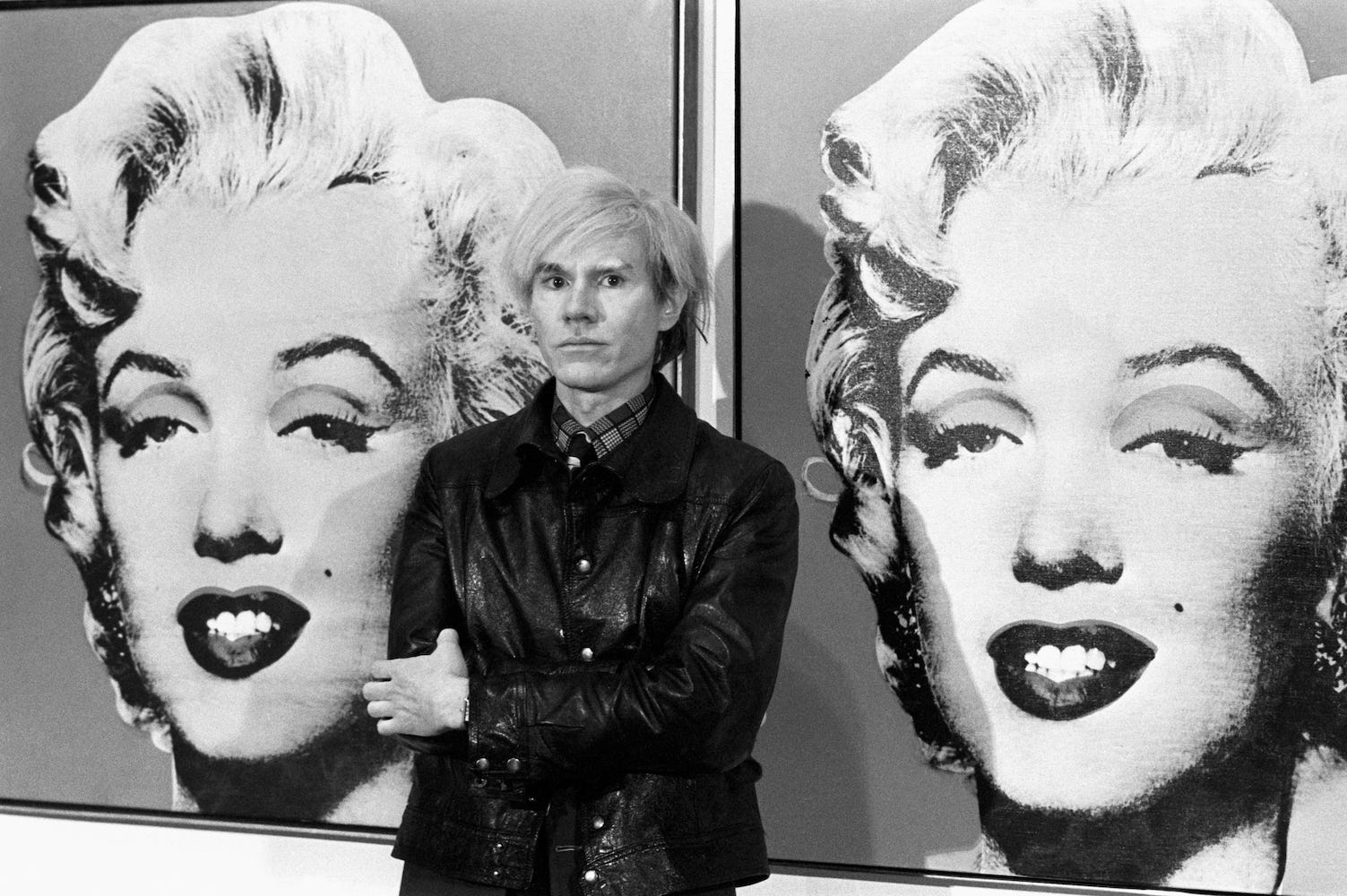
Metadata
- Author: Benn Stancil
- Full Title:: Getting Away With It
- Category:: 🗞️Articles
- Document Tags:: Engineering Management,
- URL:: https://benn.substack.com/p/getting-away-with-it
- Finished date:: 2024-09-07
Highlights
for better or worse, Silicon Valley is not so much a place with no expectations and norms; it just has its own version of them. There is a corporate ladder here too, and a playbook for how to climb it. (View Highlight)
There is a broader way to interpret Graham’s post, however: It is a reminder that there are no rules.7 The point is not to copy Steve Jobs, and to run a company the way he ran his; that is, after all, the antithesis of thinking differently. The point is to be inspired by Steve Jobs, and to come up with your own way of doing it. (View Highlight)
Or it could be the opposite of all of those things—which, at the rate we’re going, may become as counterintuitive as Jensen Huang having 60 reports seems today. (View Highlight)
There is a curious line in the final footnote of Graham’s post, when he says his advice could get abused by “managers who aren’t founders will decide they should try to act like founders.” The implication, it seems, is that founders—because they are the company’s “parent,” and because they know its history—have permission to color outside of the lines, whereas other people do not.8 Superficially, sure. But, while founders might have more default permissions than other employees, everyone is ultimately governed by one law and one law alone: You can do it, if you can get away with it. (View Highlight)